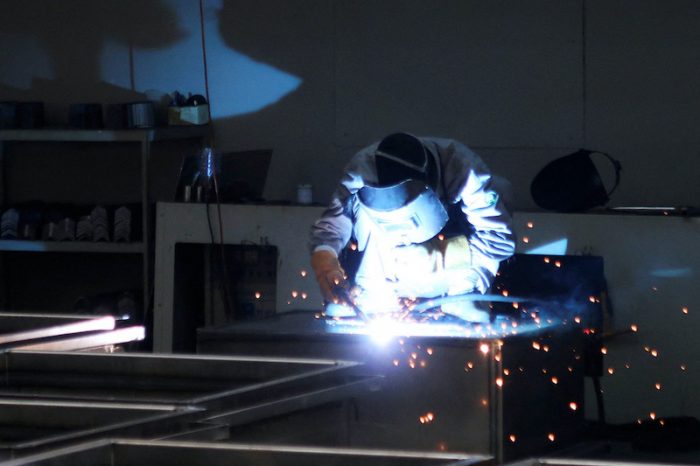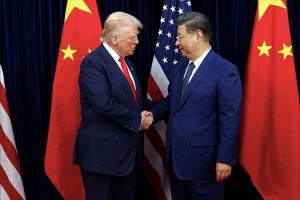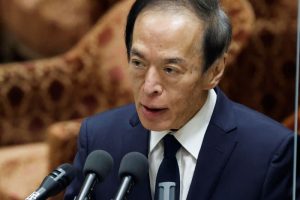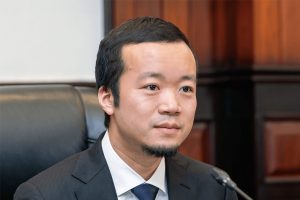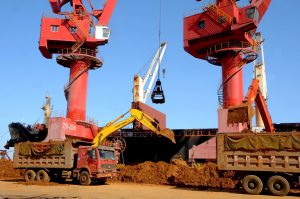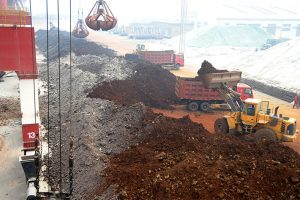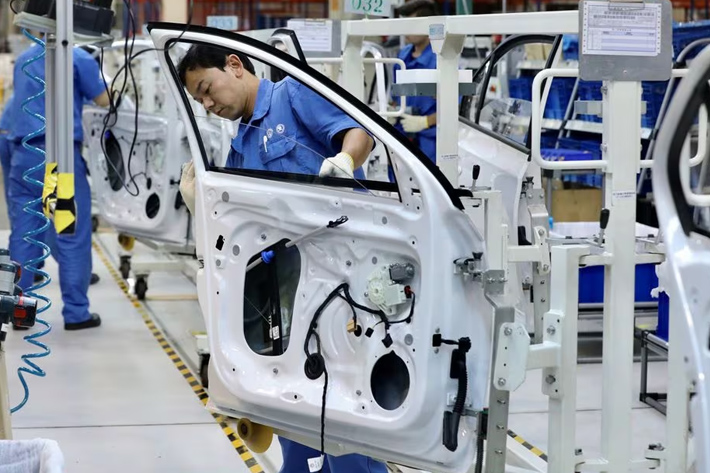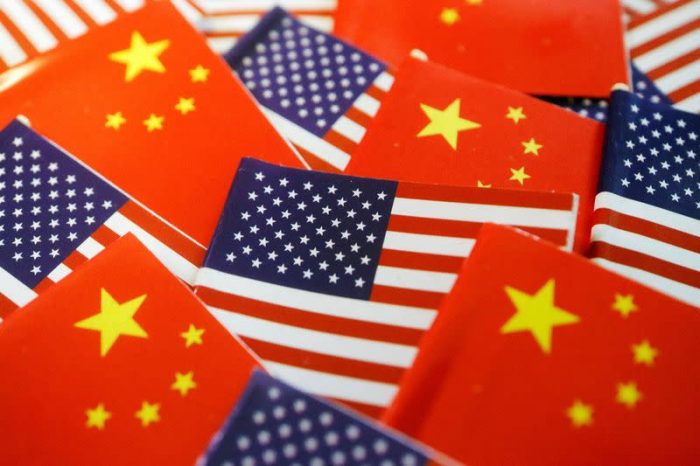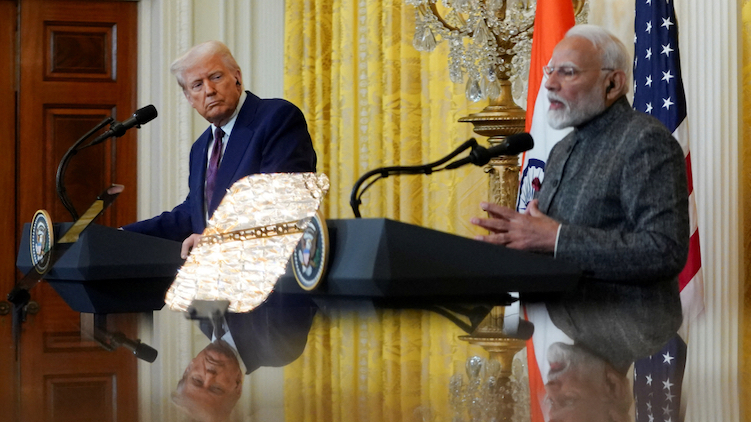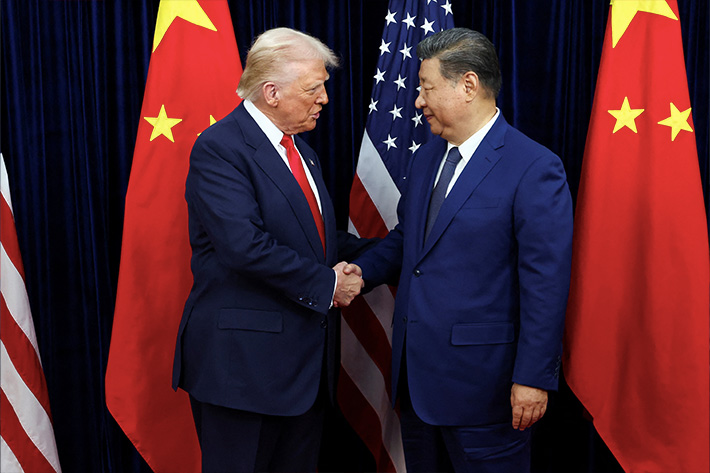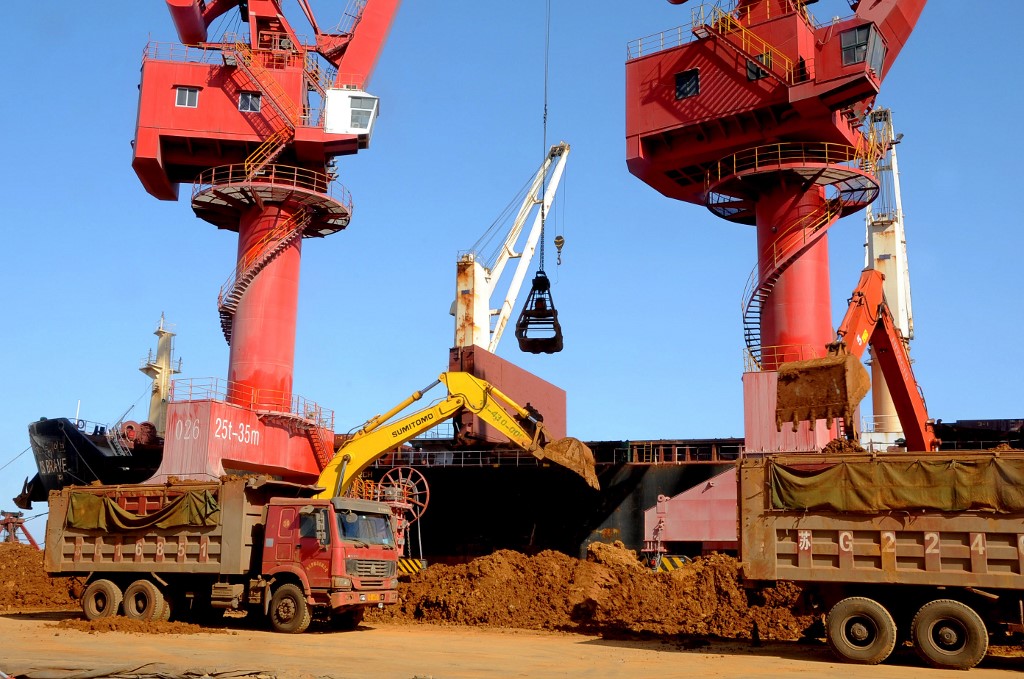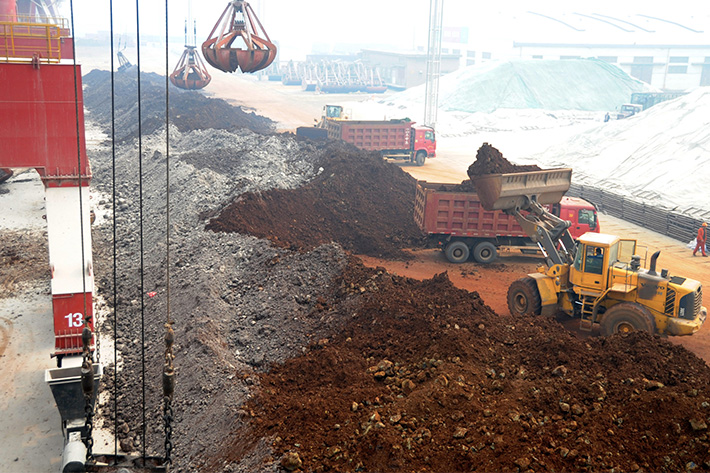Manufacturing in China slumped in May in a sign that US tariffs may be starting to hurt the country’s industrial activity.
The decline, revealed in a private-sector survey on Tuesday, was the first contraction in eight months and the lowest reading since September 2022.
The Caixin/S&P Global manufacturing PMI fell to 48.3 in May from 50.4 in April, missing analysts’ expectations in a Reuters poll and marking the first contraction since September last year. The 50-mark separates growth from contraction.
ALSO SEE: Dutch Minister Says China ‘Biggest Threat’ to Chip Tech Secrets
The result is broadly in line with China’s official PMI released on Saturday that showed factory activity fell for a second month.
According to the Caixin survey, new export orders shrank for the second straight month in May and at the fastest pace since July 2023. Producers said the US tariffs restrained global demand.
That dragged down overall new orders to the lowest in 32 months. Factory output, meanwhile, contracted for the first time since October 2023.
Employment in the manufacturing sector declined at the sharpest pace since the start of this year, as producers cut headcount.
Output prices have fallen for six straight months due to intense market competition.
China mulling ‘unconventional measures’
Tariffs launched in early April by US President Donald Trump had a serious impact on a range of sectors in China, although they were blocked briefly by a trade court last week, which ruled that the president exceeded his authority in imposing the duties and ordered an immediate block on them.
However, a federal appeals court temporarily reinstated the most sweeping US tariffs, a day after a trade court ruling.
On May 12, breakthrough negotiations by Chinese and US officials brought a temporary truce in the trade war between the world’s two biggest economies.
However, bilateral dealings appear to have been hampered by a lack of faith on both sides. US Treasury Secretary Scott Bessent said last Thursday the trade talks were “a bit stalled”.
China’s Premier Li Qiang last week said the country is mulling new policy tools, including some “unconventional measures”, which will be launched as the situation evolves.
Li, who spoke at a symposium in Jakarta in late May, was quoted by Xinhua as saying: “The fragmentation of industrial and supply chains has deepened, and trade barriers have increased, which has had a great impact on the economic development of all countries.”
He said China was studying new policy tools, including some “unconventional measures”, which will be launched as the situation changes.
The Chinese premier also said China will continue strengthening economic cooperation with more countries to support the overseas business development of Chinese enterprises.
Signs of major overcapacity
Meanwhile, some sectors, which are classed as world-leading, such as renewable energy products and autos, continue to show signs of extreme overcapacity.
Large solar groups such as Longi, Jinko Solar, JA Solar, Trina Solar, Tongwei and TCL Zhonghuan have all reported back-to-back quarterly losses, according to an FT report, which said their earnings were expected to fall for the rest of the year.
Industry capacity in polysilicon, wafer, cell and module production is more than double the projected demand this year, it said, quoting a Morningstar analyst, Cheng Wang, who warned that overcapacity would persist for three years, despite China’s spectacular rollout of solar in recent years.
And the situation in the auto industry is little better, with an intensifying price war in China stoking fears of a long-anticipated shake-out in the world’s largest car market. Only a handful of about 200 companies are expected to survive.
Robin Xing, Chief China Economist at Morgan Stanley, said this underscores how supply-demand imbalances continue to fuel deflation.
“There is growing rhetoric about the need for rebalancing, but recent developments suggest the old supply-driven model remains intact. Thus, reflation is likely to remain elusive.”
Surprisingly, export charges rose for the first time in nine months, marking the fastest growth since July 2024, as companies cited rising logistics costs and tariffs.
And the survey found that, overall, business optimism improved in terms of future output, as they expect the trade environment to improve with market expansion.
- Reuters with additional input and editing by Jim Pollard
ALSO SEE:
China Denies Trump Claim, Says It Was US That Broke Trade Deal
China ‘Totally Violated’ Tariffs Agreement With US, Trump Says
Trump’s Tariffs Reinstated as Appeals Court Pauses Trade Ruling
Shipments of US Ethane to China Face Export Licence Uncertainty
US Blocks Chip Design Software, Chemical Shipments to China
Nvidia ‘Plans Low-Cost Blackwell AI Chip For China’ After US Curbs
Beijing Says Latest US Chip Warning Puts Trade Truce at Risk
Mass Layoffs Avoided in China, But Export Sector Badly Shaken
Asian Markets Rise After US, China Agree to Cut Majority of Tariffs
China Lifts Tariff on US Goods to 125%, as ‘Hikes Become a Joke’




